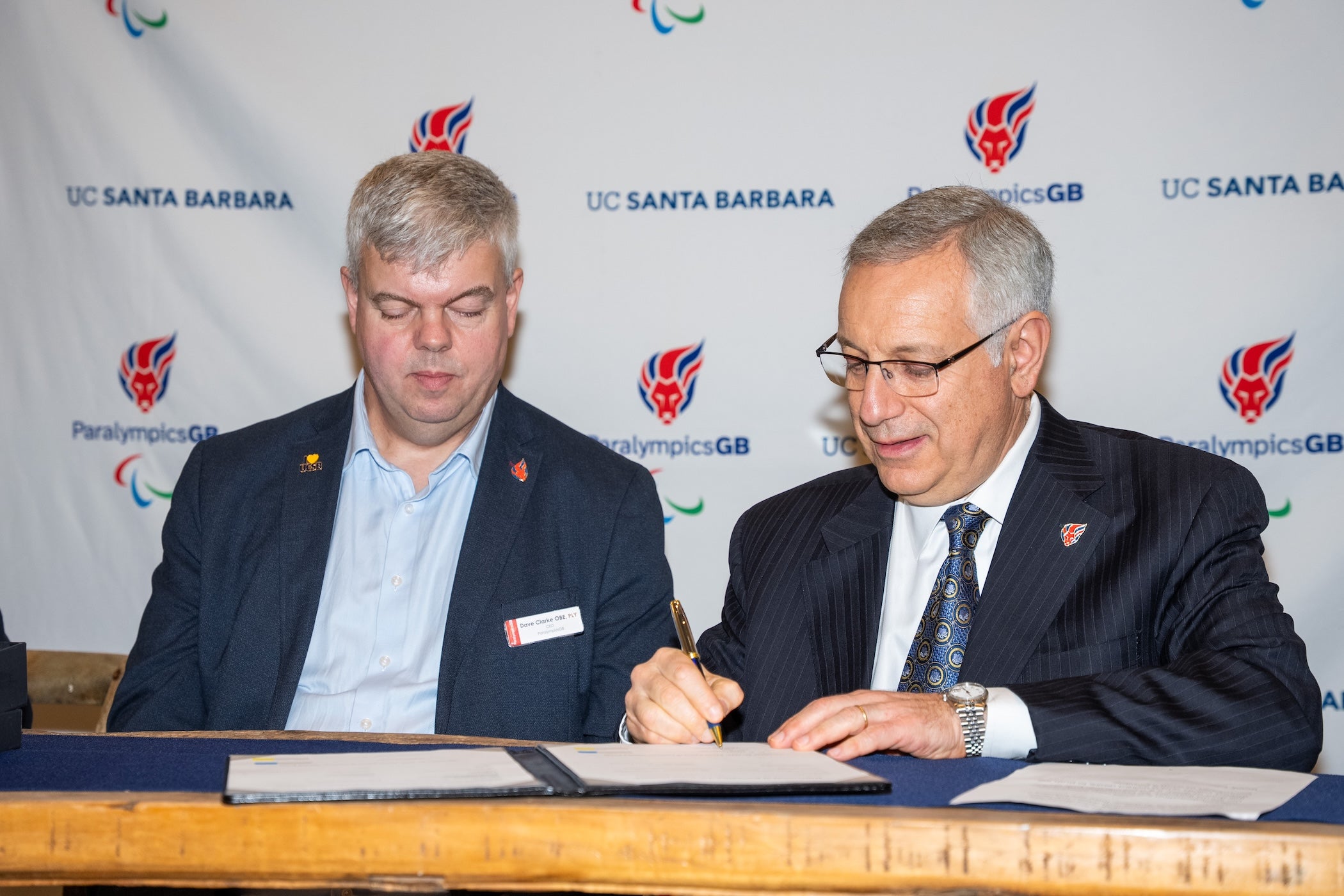

When David McHale arrived at UC Santa Barbara in 2001, he was faced with an electrical engineer's ultimate challenge. How do you provide reliable electricity for a campus using a creaky 40-year-old distribution system, while the university is embarking on massive construction projects?
McHale had the perfect solution. He designed and built a new, high-tech electrical system for UCSB that should serve the campus's needs for decades. After eight years of hard work, the $22 million electrical infrastructure upgrade is now complete.
McHale, the associate director for Utility and Energy Services at UCSB, overhauled a system that had been installed in 1966. It was unreliable and even a bit dangerous, with water leaking into manholes, soaking electrical lines all over campus.
"It was likened to me as a series of extension cords from building to building," said Marc Fisher, associate vice chancellor for Facilities Management, "and we were serving major laboratory buildings. The campus had not undertaken an infrastructural renewal project and yet we were building these very high-tech laboratory buildings that required proper utilities. We just didn't have the utilities in place."
At that time, UCSB had launched a major building initiative that included construction of the California Nanosystems Institute, the Marine Science Research building, and the Life Sciences building, among other projects. All of those buildings contain laboratories that rely on a steady stream of electricity.
"But we were having numerous power failures," McHale said. "Failures were increasing every year because of the age of the system. So we knew we had to replace it."
Since the level of reliability needed by the campus was greater than public utility Southern California Edison could offer, UCSB decided to build and operate its own system.
McHale and lead electrician Jim Morrison headed a team that inspected every inch of the old system, removed all of the university's and Edison's electrical cables, and changed out all of the transformers in the campus buildings. They ran 135,000 circuit feet of new cable, installed 90,000 feet of new conduit, integrated the entire manhole system, and installed two new main 66 kilovolt substation transformers. And they did it all with very little power disruption to the campus.
In addition, they installed 75,000 feet of fiber optic cable so they could more effectively monitor the new system. "It's a massive undertaking," McHale said. "It goes around and connects the system together. There's a hierarchy. Every device out there knows who its neighbor is, and they can talk back and forth, checking the status." It's all fed back into sophisticated computers in the campus substation located behind Caesar Uyesaka Stadium.
"When it does incur a problem, the system automatically sends a message out on a page and it tells us that something went wrong," he added. "It tells us what device. We have an instant notification that something is wrong and we can go out and check it." Even if there is a problem, the new dual-stream system is designed to cut off power to the troubled area and have another line provide power almost instantly. Odds are, you won't even notice there's a problem, McHale said.
This system is also designed to allow for future expansion. "If we do get into self-generation, or renewable sources where we're looking at solar power or maybe a co-generation plant, it is modular enough that we can accept anything into the system without causing any type of outage," McHale said.
Now Fisher and McHale can turn their attention to the other important power issue facing the campus –– making sure that Edison delivers a steady source of electricity to UCSB, even in the event of an emergency, like the Gap Fire.
"We still have a limitation with Edison because we have only one reliable source of electricity on the South Coast, which comes over the mountain into Goleta," Fisher said. "We're working to find a solution to that."



